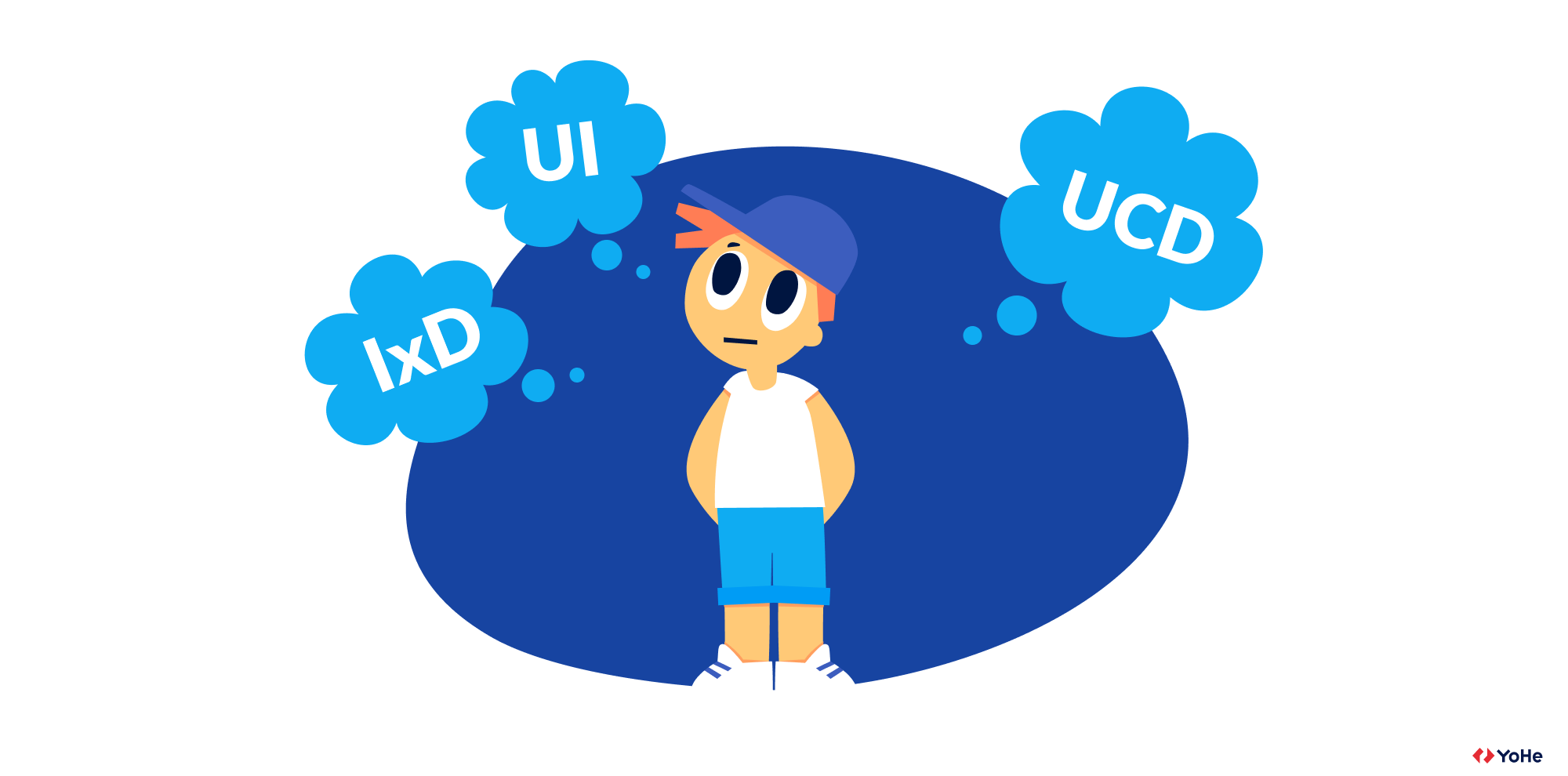Online shopping is one of the best inventions of mankind. But things do not always work as they are supposed to. In this article, we will talk about five most popular UX mistakes, which we could single out thanks to user feedback.
Working for several years with various e-commerce companies provided us with lots of interesting data. Together with our counterparts we collected, processed and analyzed feedback. In the meantime we also encountered numerous issues in UX. And some of them got in our way much more often than others. That's why we decided to put them all together and tell you about the most popular UX mistakes in e-comm.
Location issues
It's a common practice for any e-commerce site to identify users' location. And this is being done for a reason. It helps to show the customer the most relevant content depending on his geographical position.
To make it easier, the location is defined automatically at the very beginning of the session. But that's the tricky part. The algorithm often doesn't work right, which makes users' navigation more complicated. Sometimes it's not even possible to choose a city or a country manually. The changes just won't save.
But it can get even worse. The most negative scenario is when a customer already added goods to his cart but suddenly found out that all the conditions and descriptions are valid for another region. Such situations cause lots of frustration and stress. Lots of customers decide to leave at this stage and never come back again.
Authorization issues
Registration on any website usually takes time: the user has to fill out numerous fields, confirm his e-mail or/and phone number. And if something goes wrong, even the most positive customer can turn into an unhappy one.
At first glance, it seems that both involved parties get their profit: users share their personal data and get a number of good things in return. Like the possibility to add goods to favorites. But this scenario works only if everything is functioning in the right way. Even the smallest technical issues during the registration can trigger customers' anger.

Search algorithm issues
Based on their experience with Google search, users often expect too much from e-comm websites in terms of finding things. They basically have some perfect picture in their minds: the algorithms should understand the request from the first letters. And all the mistakes have to be corrected accordingly. But the reality is way different.
The search issues often stop users from moving forward: only the most stubborn ones make it to the success screen. They are generally okay with trying different wording or browsing the catalog.
To improve the search algorithms the standard tools of web analytics may come in handy. Like Google Analytics.
Once one of our clients mentioned that users spend lots of time at the search stage. The report showed that most of them leave the website at this point. So we initiated a survey targeting search results. The question was «Did you find what you were looking for?», and the majority of the answers were «No».
As a next step we used an open-ended question, asking what exactly the customers were trying to find. Based on this feedback the company redesigned some pages and improved the search algorithms. These changes improved the conversion from search to purchase by 3%.
Number issues
Small things can have a big impact on client experience. That's why we always try to point out that non-standard or unpopular feedback deserves more attention. Problems that don't appear on your radar and remain unknown, might be the most important things that you need to see. Even if they are mentioned just occasionally compared to the other issues.
A company can get a certain complaint just once, but according to our experience, the same issues can be mentioned in the feedback of many different companies.
For example, users were saying that on numerous e-comm websites it is impossible to edit the number of goods manually. Generally, the customers can only use the plus sign to add more things to cart. This is quite inconvenient if a client wants to buy dozens or even hundreds of items.

Cart reset issues
We get a lot of feedback from users that decided to add something to their cart at the checkout stage. The general problem is that after the customer goes back, the items that were added earlier simply disappear. Just like if someone accidentally took your shopping cart full of goods in a real supermarket.
But that's not the only issue. Items can also disappear after the authorization. For example, a customer put everything he wanted into the cart and then remembered that he didn't log in to the website. But as soon as he gets there it appears that the cart is empty. Most of the users just want to close the page. Some of them will come back later, but in the worst-case scenario, these customers will just find an alternative platform.
The statistics from payment systems say that around 1/3 of users leave the checkout page as soon as they get there. Theoretically, most of them can come back and close the deal. But the empty cart decreases the conversion into a successful purchase.



